International Space Station at 20: A Photo Tour
Welcome to the International Space Station
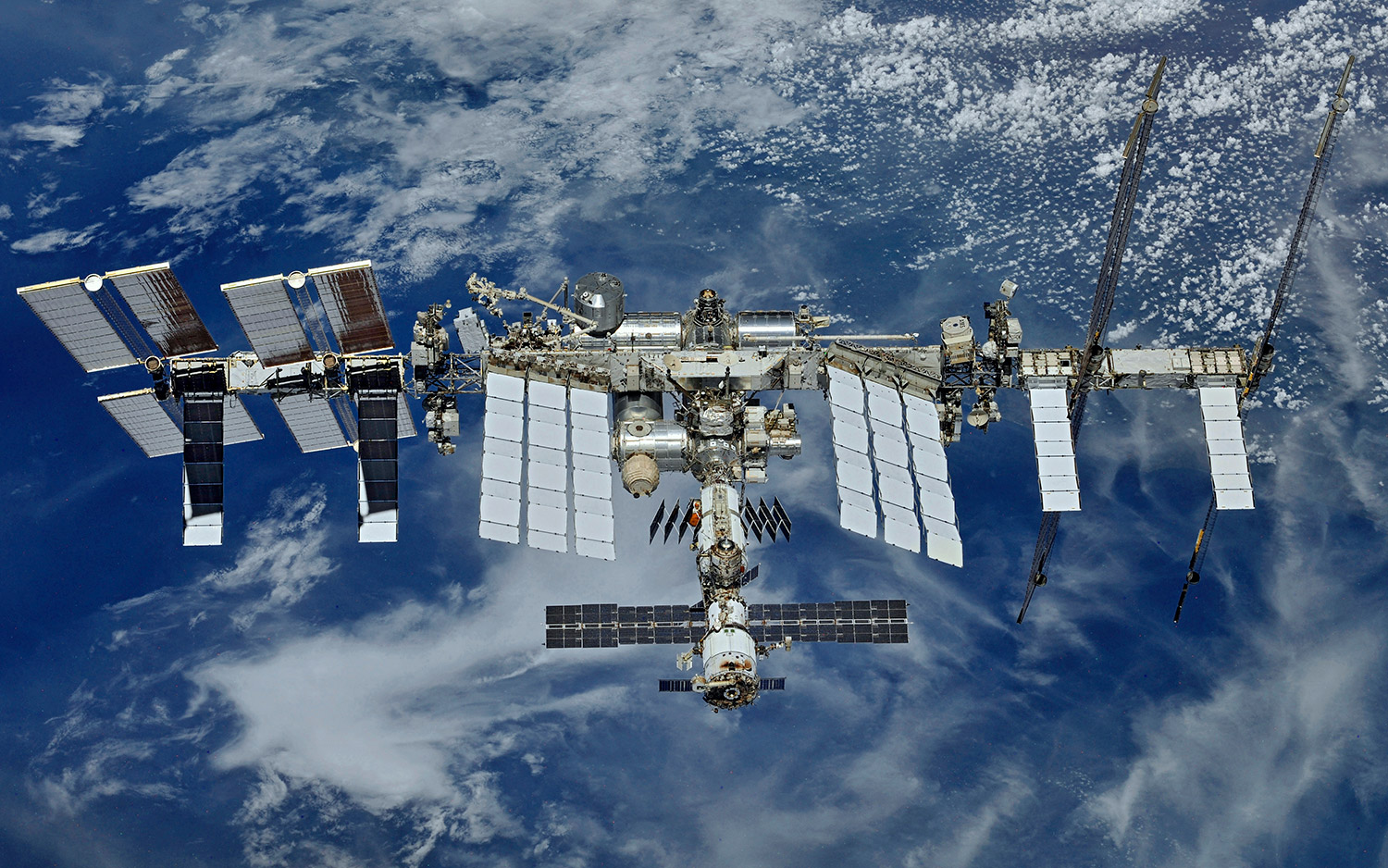
The fully assembled International Space Station is a wonder of engineering. It has a mass of nearly a million pounds (420,000 kg) and can host six astronauts at a time in the equivalent habitable space of a six-bedroom house, according to NASA. More than 230 people from 18 countries have visited the station, and it has been occupied continuously since November 2000. But its current, fully-completed form — seen here from a picture taken earlier in 2018 — only occurred after a series of assembly flights from multiple countries. Here, we'll take you on a brief tour of the space station elements.
Kibo
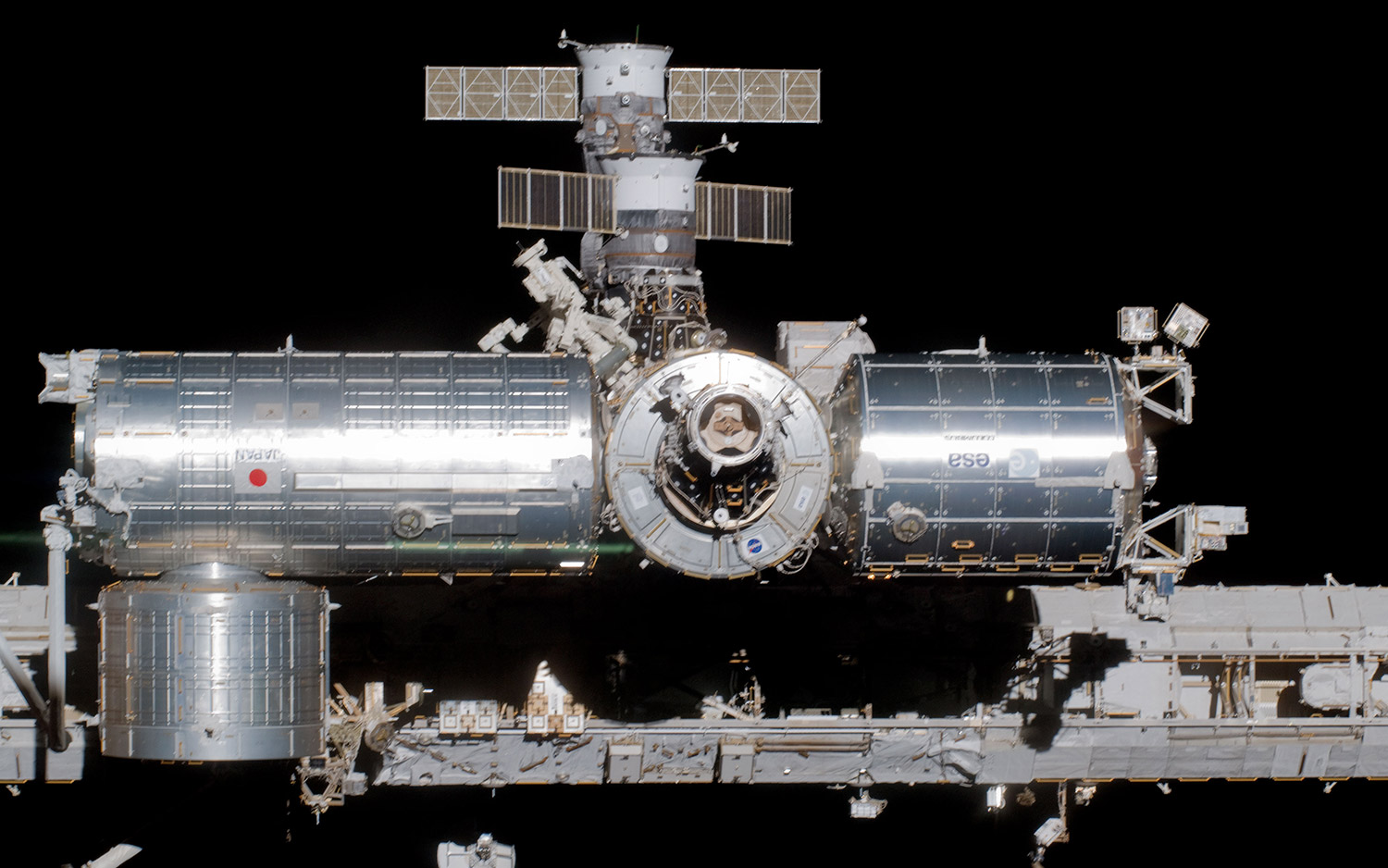
Japan's Kibo laboratory (center left) includes three modules that were launched and assembled during three space shuttle missions between 2008 and 2009. While Kibo's primary focus is scientific research and activity, the module can also support activities for education, culture or commercial enterprises, according to NASA. Kibo is also known for its Japanese Experiment Module Remote Manipulator System, a pair of arms that perform robotic work outside the station (including occasionally launching small satellites.) Kibo receives its power, data, air and cooling from the U.S. segment of the station.
Zvezda from the inside
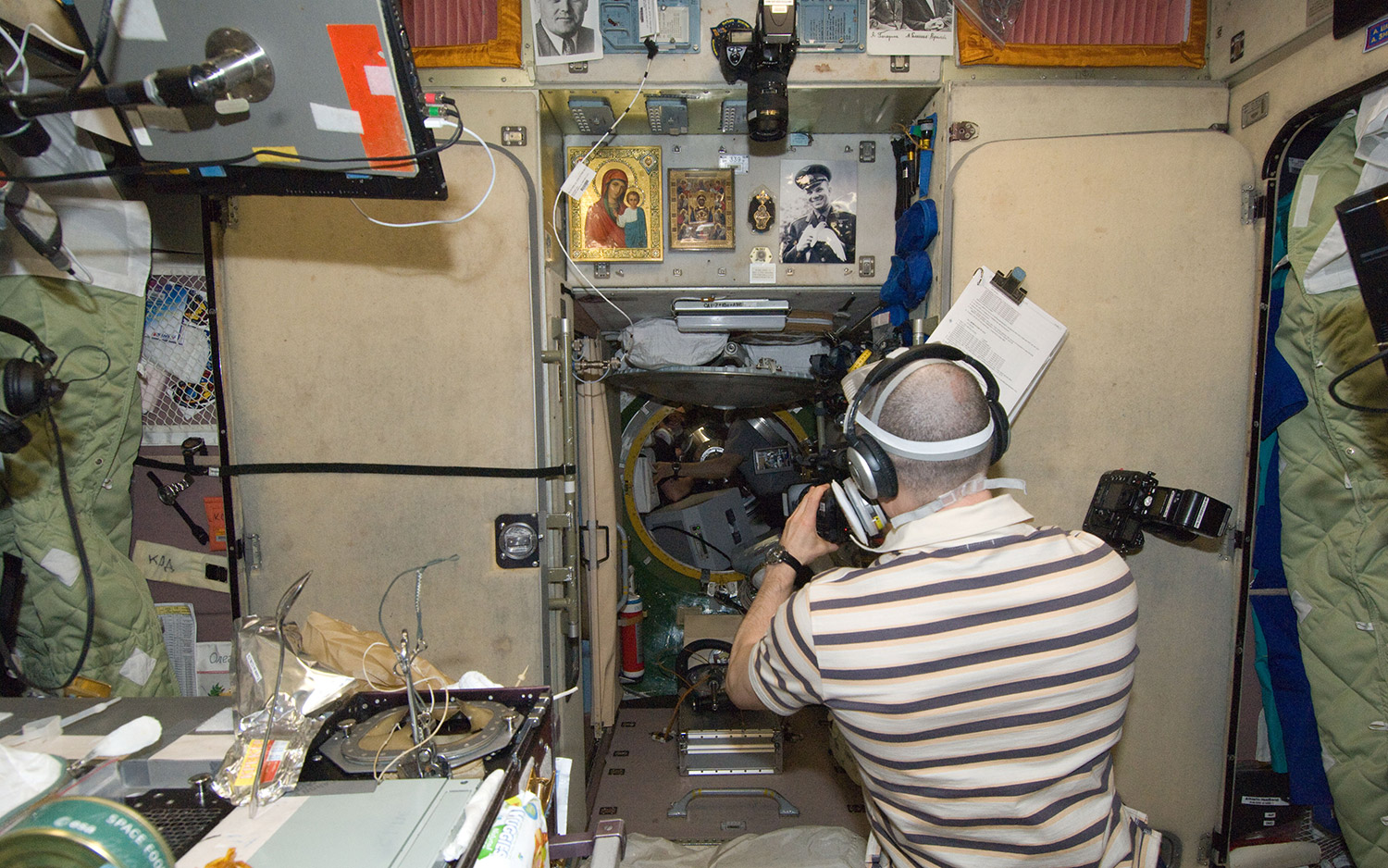
Here's a glimpse of the inside of Zvezda. Pictured is Russian cosmonaut Anatoly Ivanishin, a flight engineer aboard Expedition 30. Here, he is using a video camera to record activities while his crewmates get ready to open a hatch. The hatch connected to the newly arrived Automated Transfer Vehicle-3, called Edoardo Amaldi, which brought a fresh batch of cargo to the space station on March 28, 2012.
Zarya
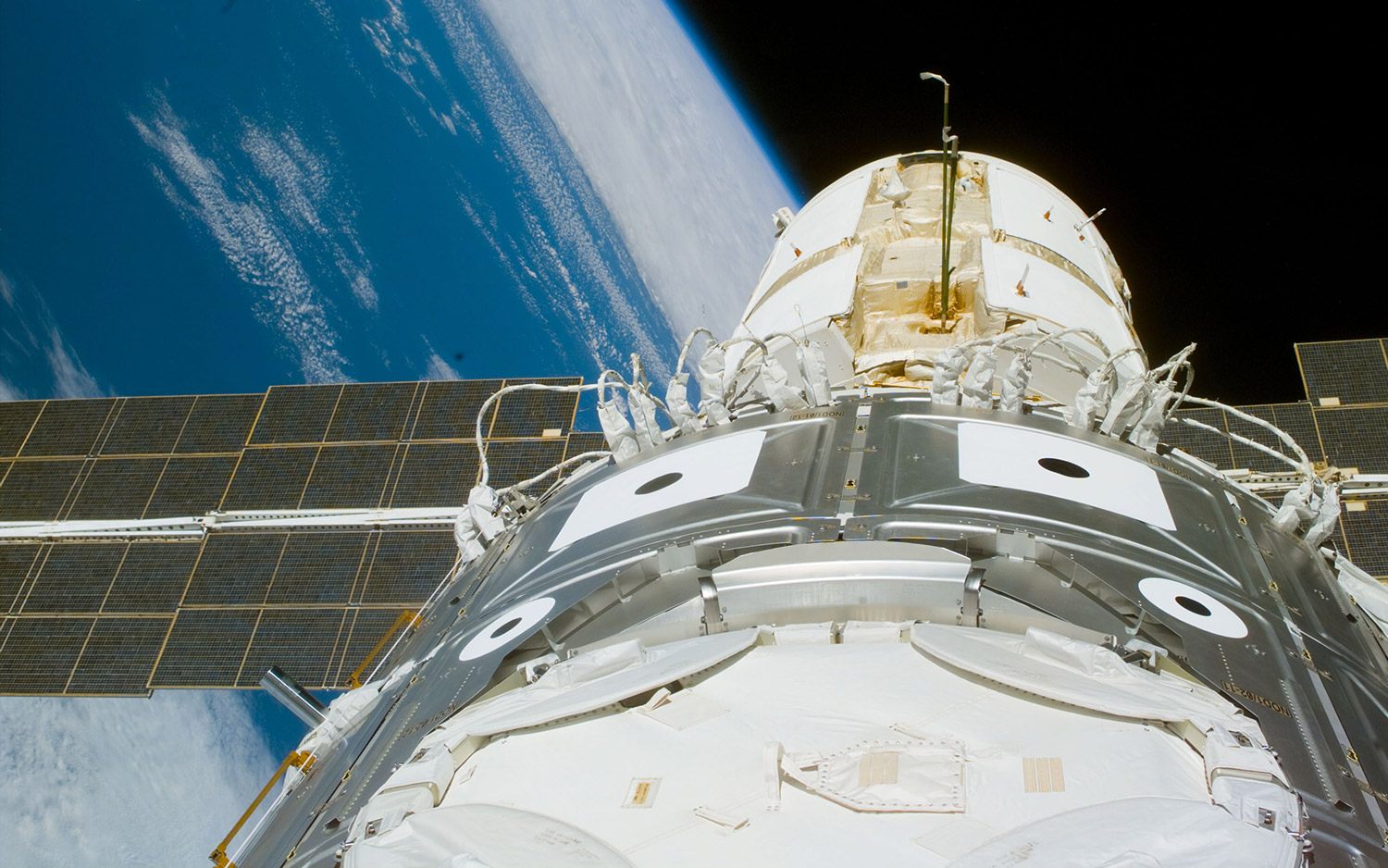
Zarya, also known as the Functional Cargo Block, was the very first space station component launched. It reached space on Nov. 20, 1998 aboard a Russian Proton rocket. While the module was built and launched by Russia, it is actually a U.S. component. Initially, Zarya provided electrical power and navigational guidance to the station, but since many other modules have been added, it now also serves as storage for the long-term crews that stay aboard the station.
Zarya's interior
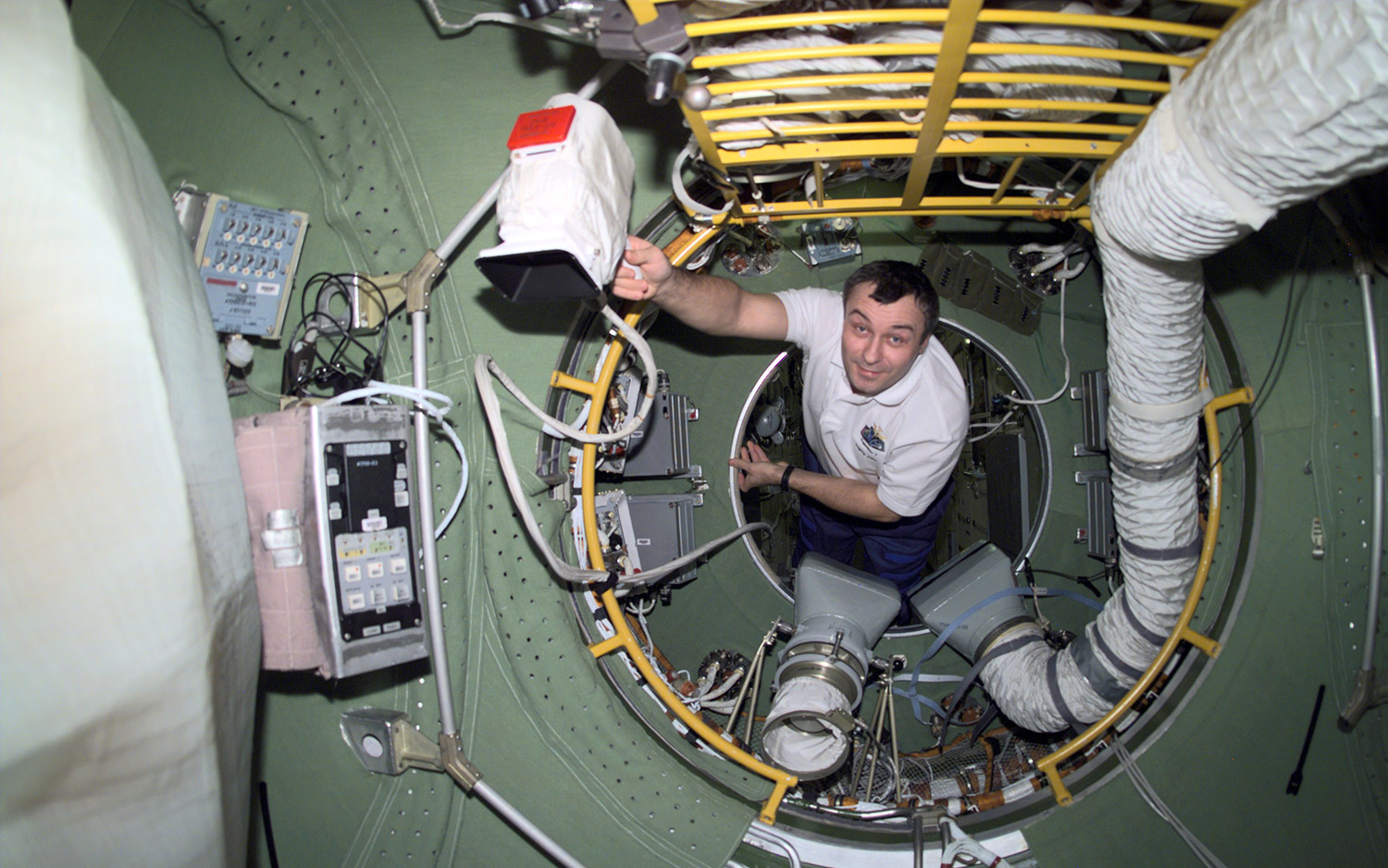
In the early days of the space station program, before Zarya was used for storage, the quarters were a little roomier for visiting astronauts and cosmonauts. This October 2001 picture shows cosmonaut Vladimir N. Dezhurov, a flight engineer aboard Expedition 3. Traditionally, a mix of American, Russian and international astronauts and cosmonauts work aboard the ISS, although different parts of the station belong to different countries.
Unity
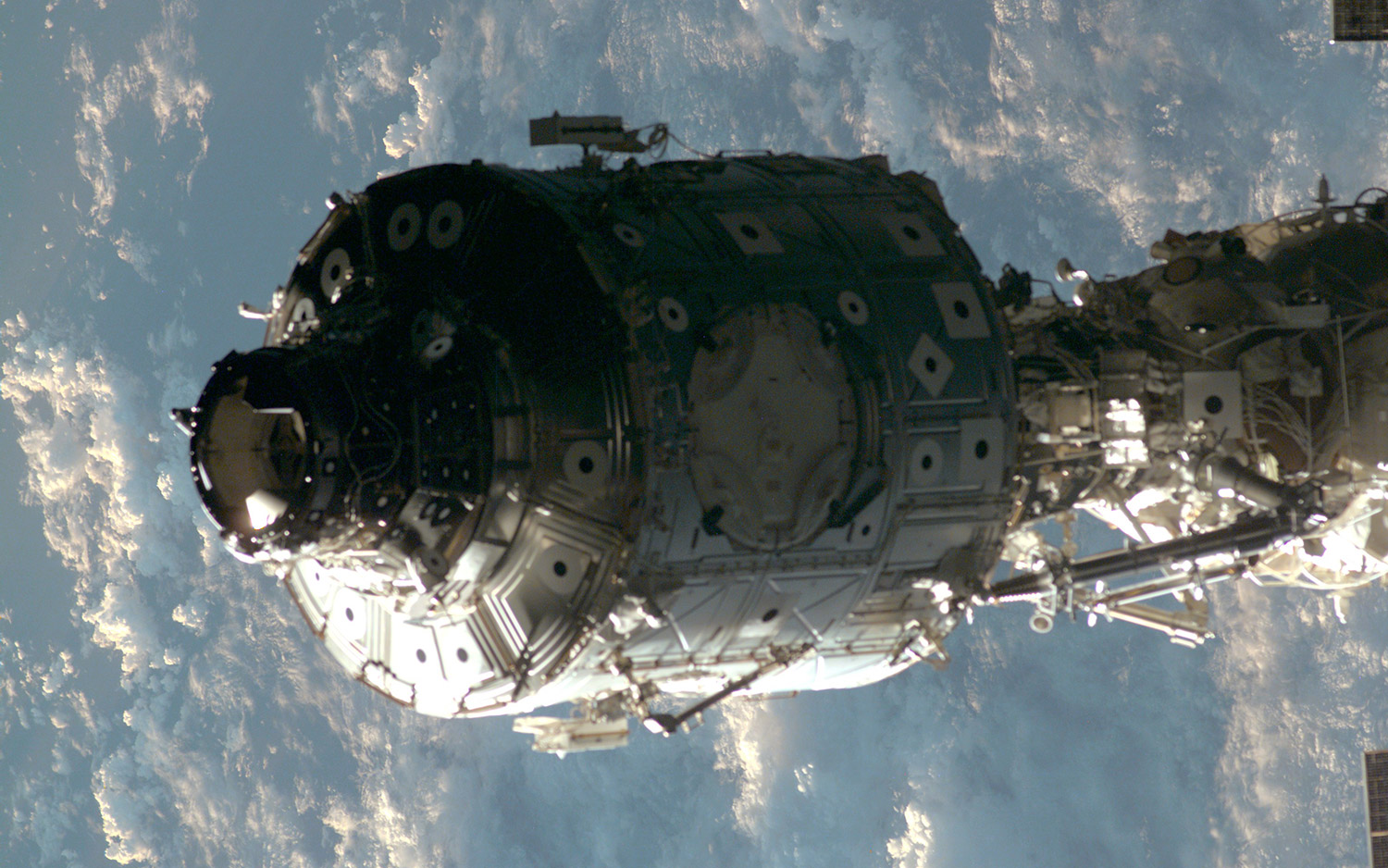
The U.S. Unity node is the first space station module launched by the United States. It's one of three connecting nodes on board the station and flew into space aboard space shuttle Endeavour on Dec. 4, 1998. Unity mated with Zarya (which had already been in space for a couple of weeks) on Dec. 6, 1998, inside of the space shuttle's payload bay. Unity temporarily berthed the Harmony connecting node during space shuttle mission STS-120, while Tranquility (the last connecting node) was attached during STS-130. Currently, Unity connects to several other modules on the station, and even an airlock.
Unity
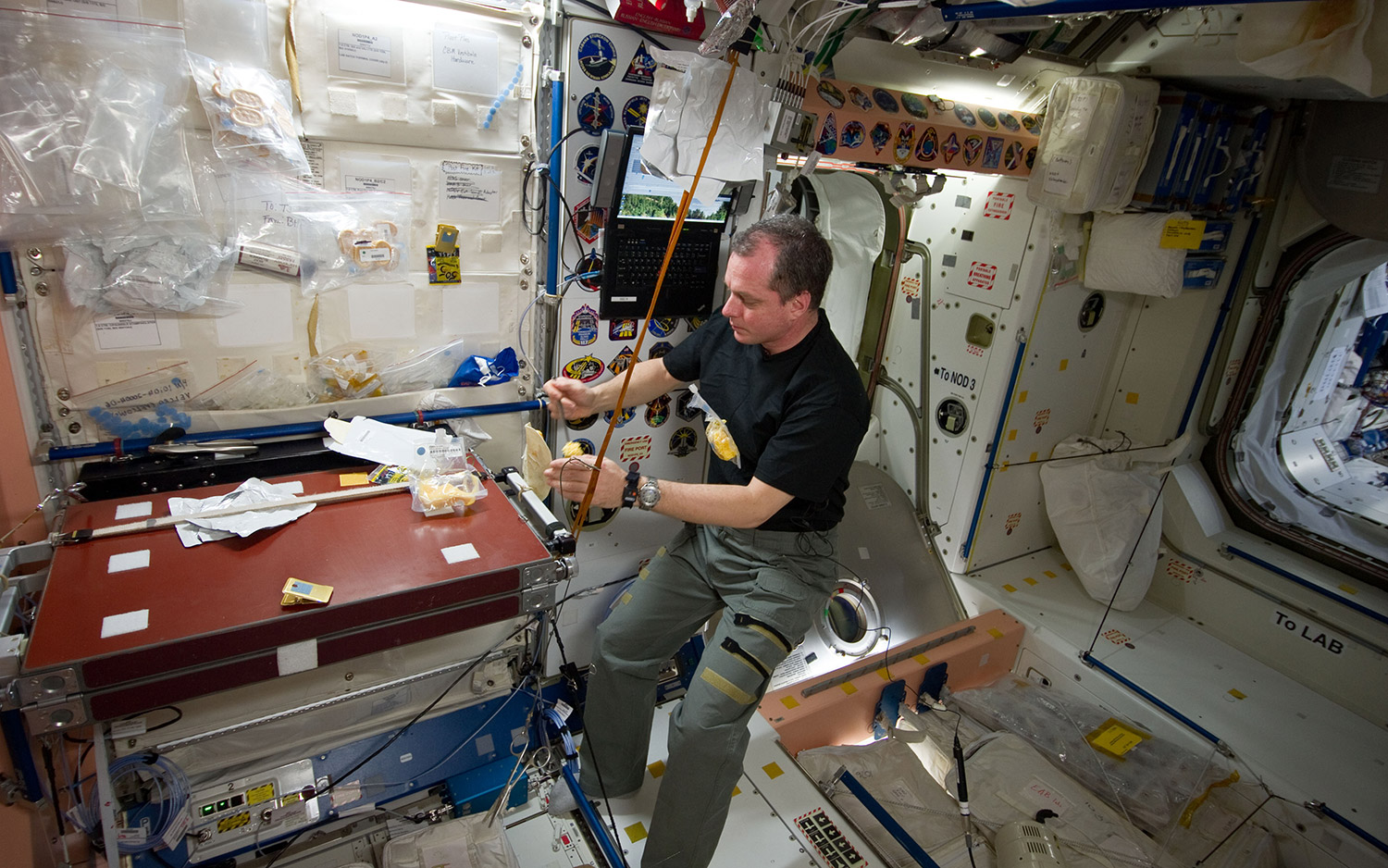
Being a node, Unity does get a lot of traffic as astronauts move to different areas of the space station. It's even a good spot to prepare some food, as NASA astronaut T.J. Creamer demonstrates here during Expedition 23 in May 2010. Astronauts tend to eat a lot of non-perishable and freeze-dried foods in space, to minimize the space needed for refrigeration and cooking. Occasionally, however, a supply ship full of fresh fruit will arrive at the station to give astronauts a bit of variety in their diet.
Tranquility
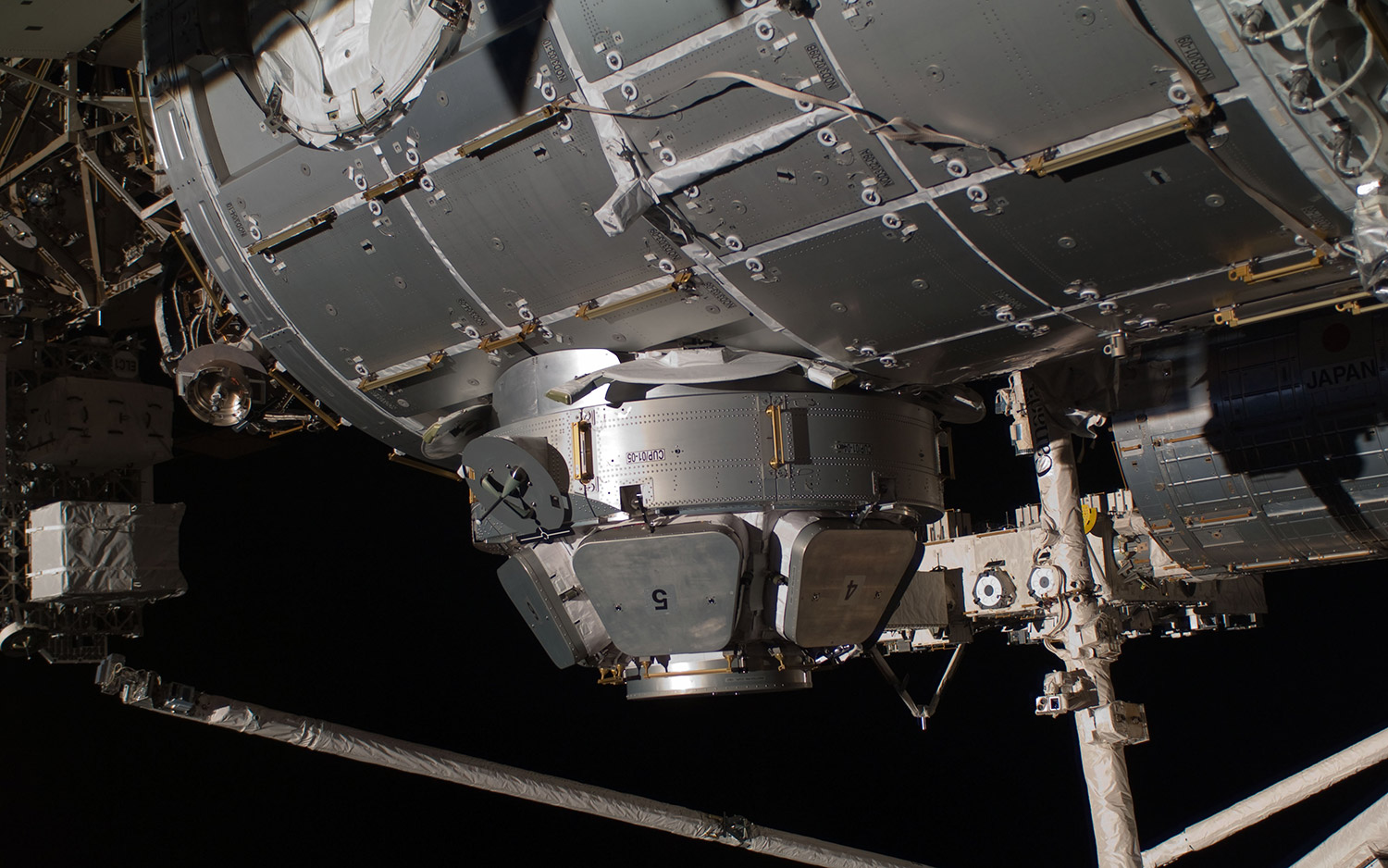
The U.S. Tranquility Node (also known as Node 3) is famous for hosting the Cupola, a window that provides astronauts with an excellent view of Earth for planetary observation activities. It also is a location where crew members can relax; more than one has been known to play guitar while floating in this module. NASA says the newer module (which launched aboard space station Endeavour in February 2010) not only gives additional room for crew members, but also hosts support systems for the station such as water recycling and oxygen generation. Tranquility also has a treadmill and a waste and hygiene compartment.
Tranquility interior
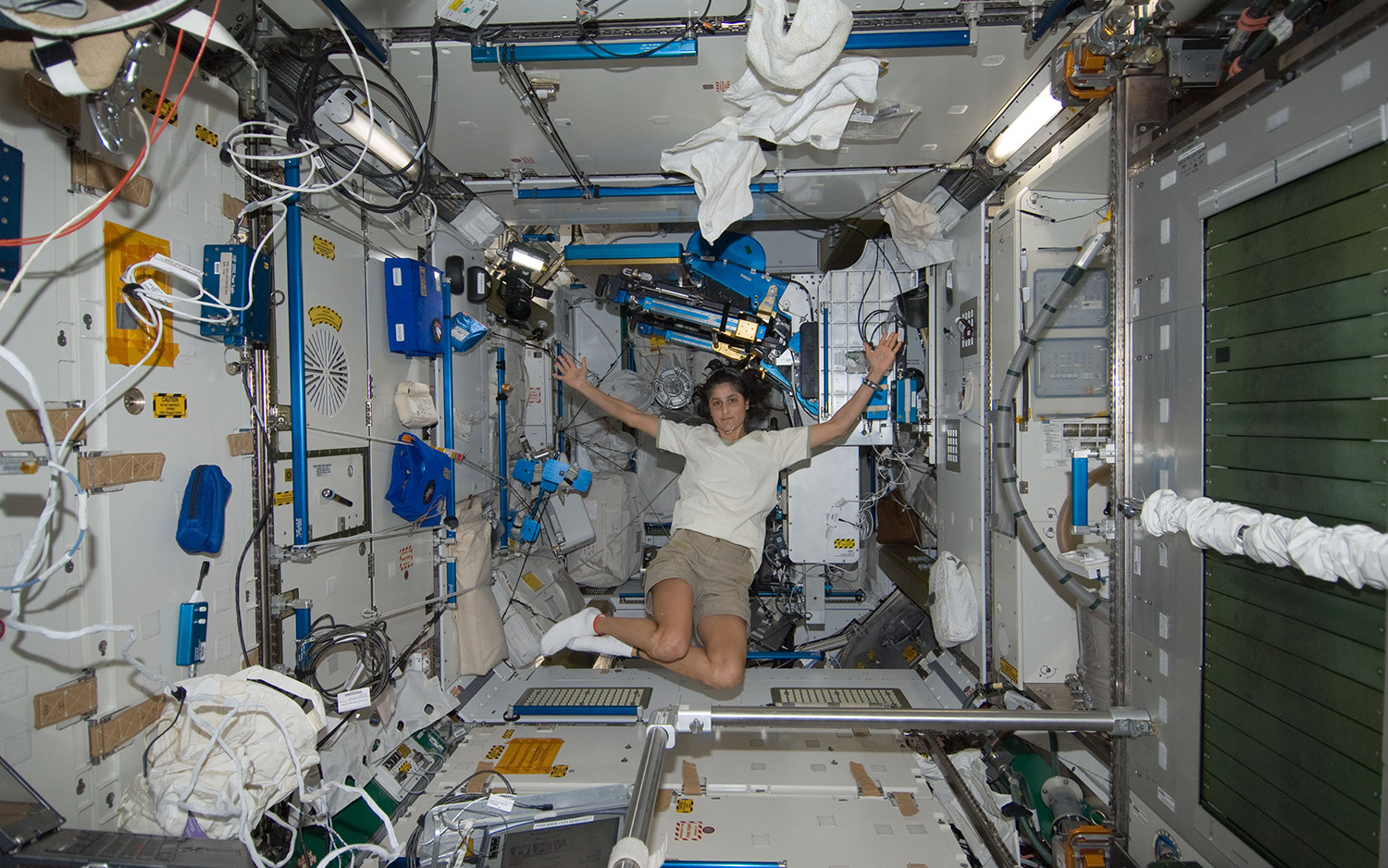
Expedition 33 commander Sunita Williams is shown floating here in the inside of Tranquility, a module that is a one-stop shop for a lot of astronaut activities, including using the bathroom, exercising and relaxing near the attached Cupola.
Rassvet
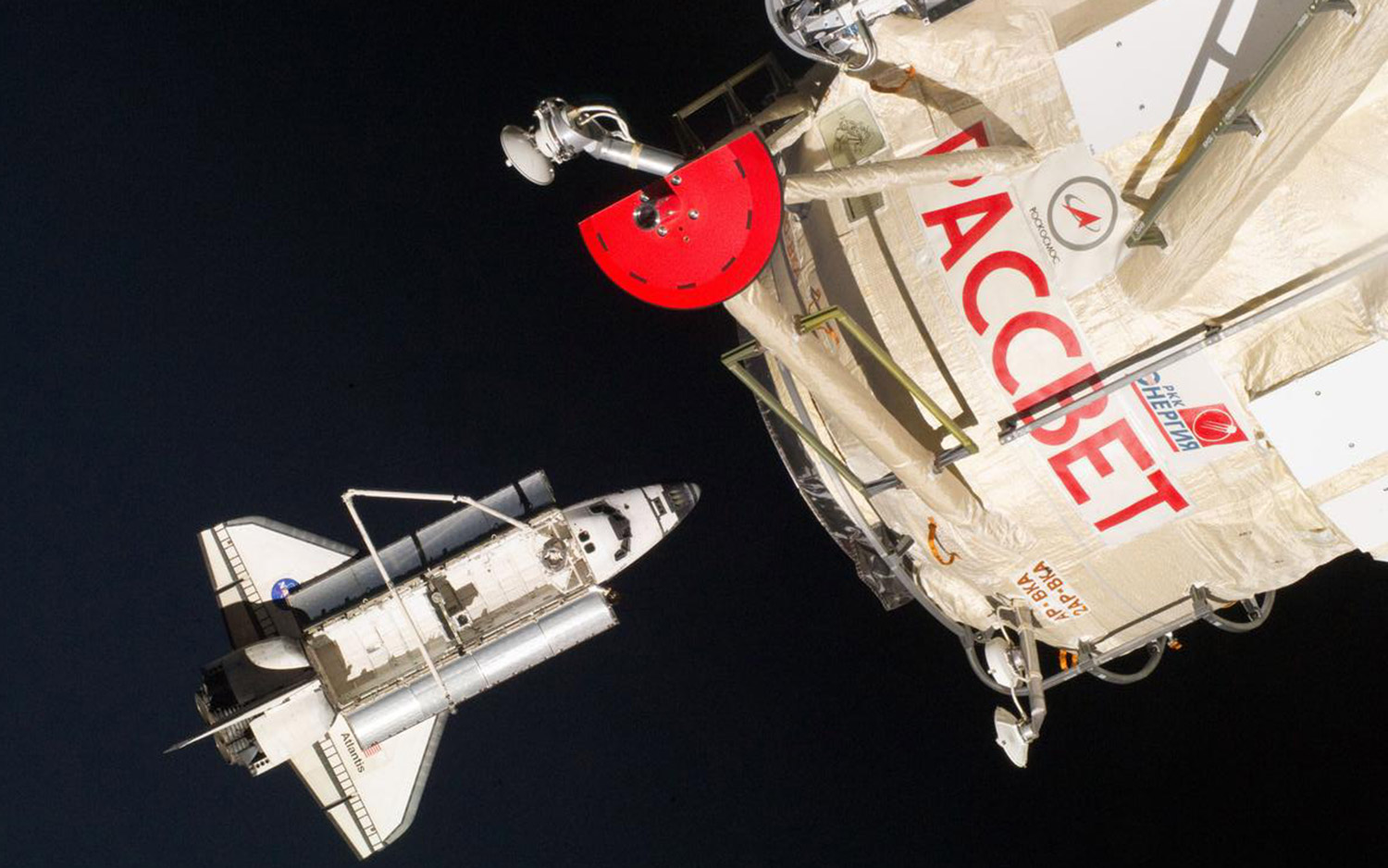
The Russian-built Rassvet flew into space aboard space shuttle Atlantis (pictured here) as part of STS-132 in May 2010. It's an important multi-purpose module on station: astronauts tend to use it for cargo storage and also to perform some payload operations, according to NASA. It also includes a docking port for Russian Soyuz and Progress spacecraft. Rassvet is attached to the rest of the station on the Earth-facing port of the Zarya module.
Rassvet interior
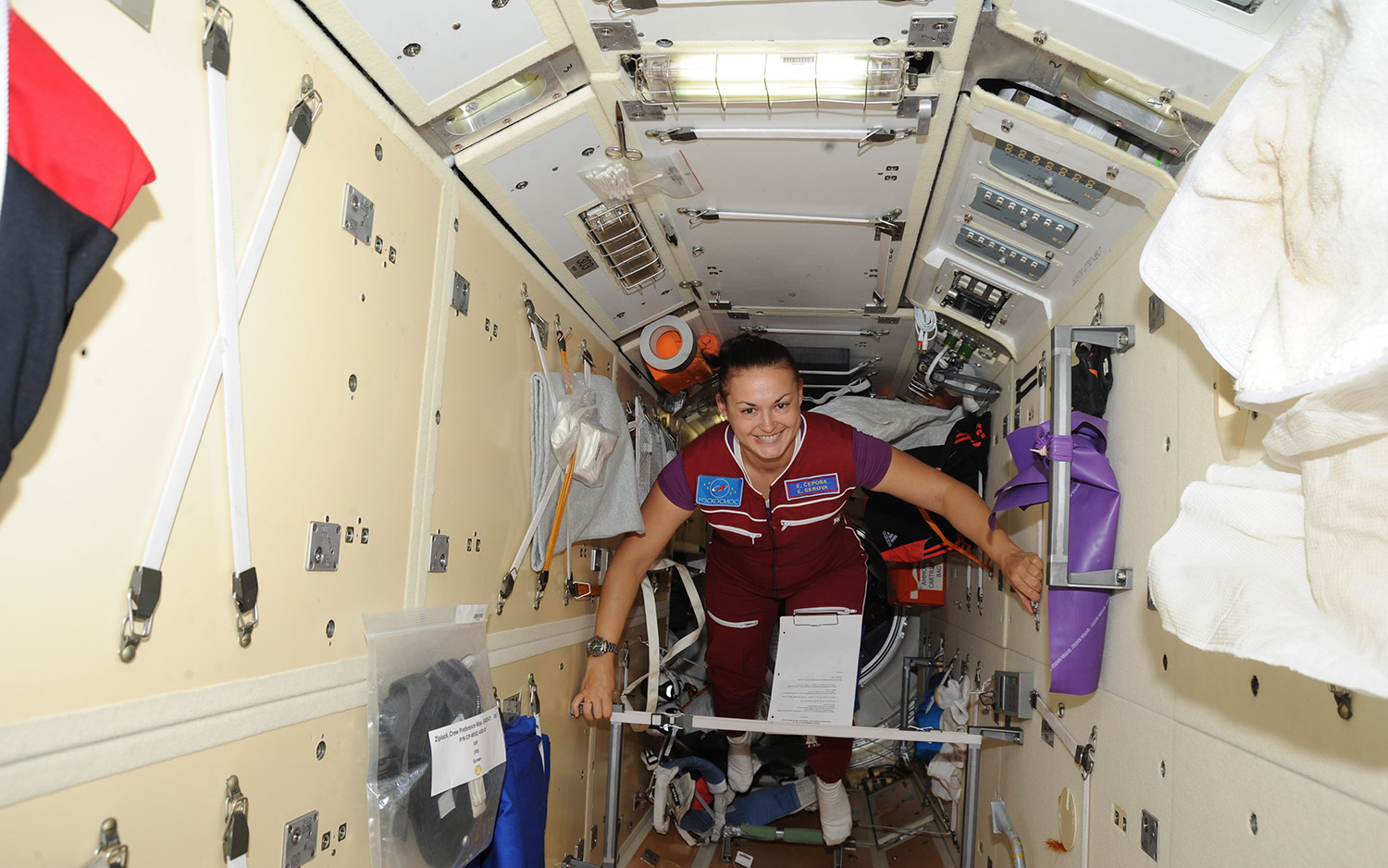
Rassvet's location on the Russian side of the station provides a handy place for cargo for Russian cosmonauts. Pictured here is Russian cosmonaut Elena Serova in September 2014, who was a flight engineer aboard Expedition 41. Serova is one of just a few female cosmonauts who have ever flown in the Russian space program.
Join our Space Forums to keep talking space on the latest missions, night sky and more! And if you have a news tip, correction or comment, let us know at: community@space.com.
Get the Space.com Newsletter
Breaking space news, the latest updates on rocket launches, skywatching events and more!

Elizabeth Howell (she/her), Ph.D., was a staff writer in the spaceflight channel between 2022 and 2024 specializing in Canadian space news. She was contributing writer for Space.com for 10 years from 2012 to 2024. Elizabeth's reporting includes multiple exclusives with the White House, leading world coverage about a lost-and-found space tomato on the International Space Station, witnessing five human spaceflight launches on two continents, flying parabolic, working inside a spacesuit, and participating in a simulated Mars mission. Her latest book, "Why Am I Taller?" (ECW Press, 2022) is co-written with astronaut Dave Williams.
